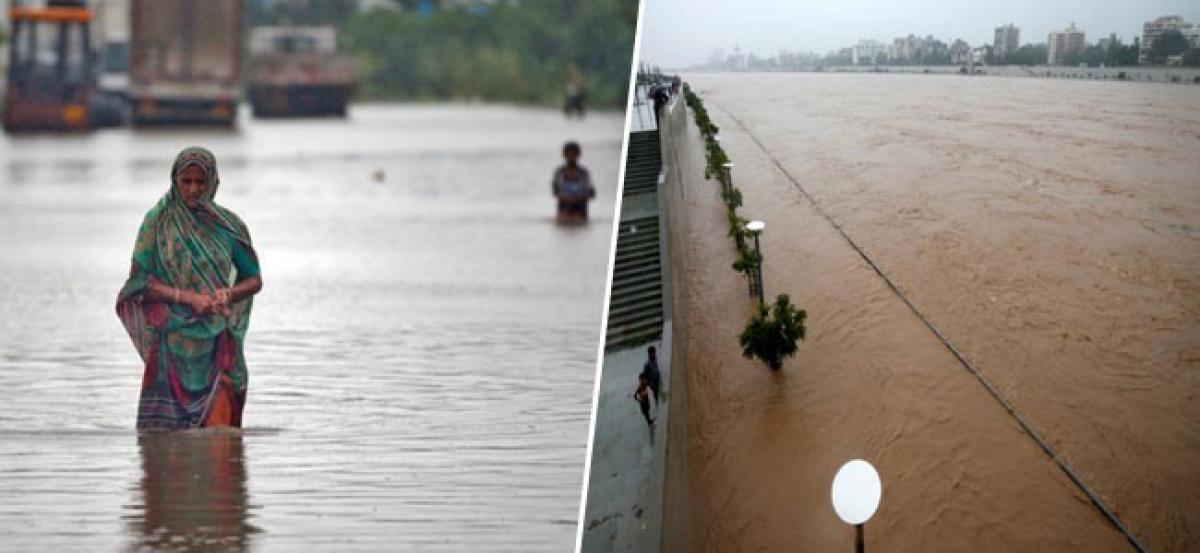Live
- Rajasthan govt announces Rs 51 lakh to deceased family of murdered beautician
- Train service resumes in Japan's Hokkaido after derailment accident
- Bengal: AQI levels rise in Kolkata & Howrah
- Women's Asian Champions Trophy: Defending champs India defeat Japan 2-0 to set up final against China
- Sydney train network to shut down for four days amid pay dispute
- Cambodia's parliament to approve new Foreign Minister
- Streamlining Disorganized Payment Systems: Thejas Prasad’s Expertise Centralizes Payment Processes into a Unified Oracle Cloud Solution
- J&K Police arrests three drug peddlers in Srinagar
- Godhra victims still waiting for justice: Digvijaya Singh
- Sick industrial units: Bengal govt streamlines monitoring of recovery of loans









